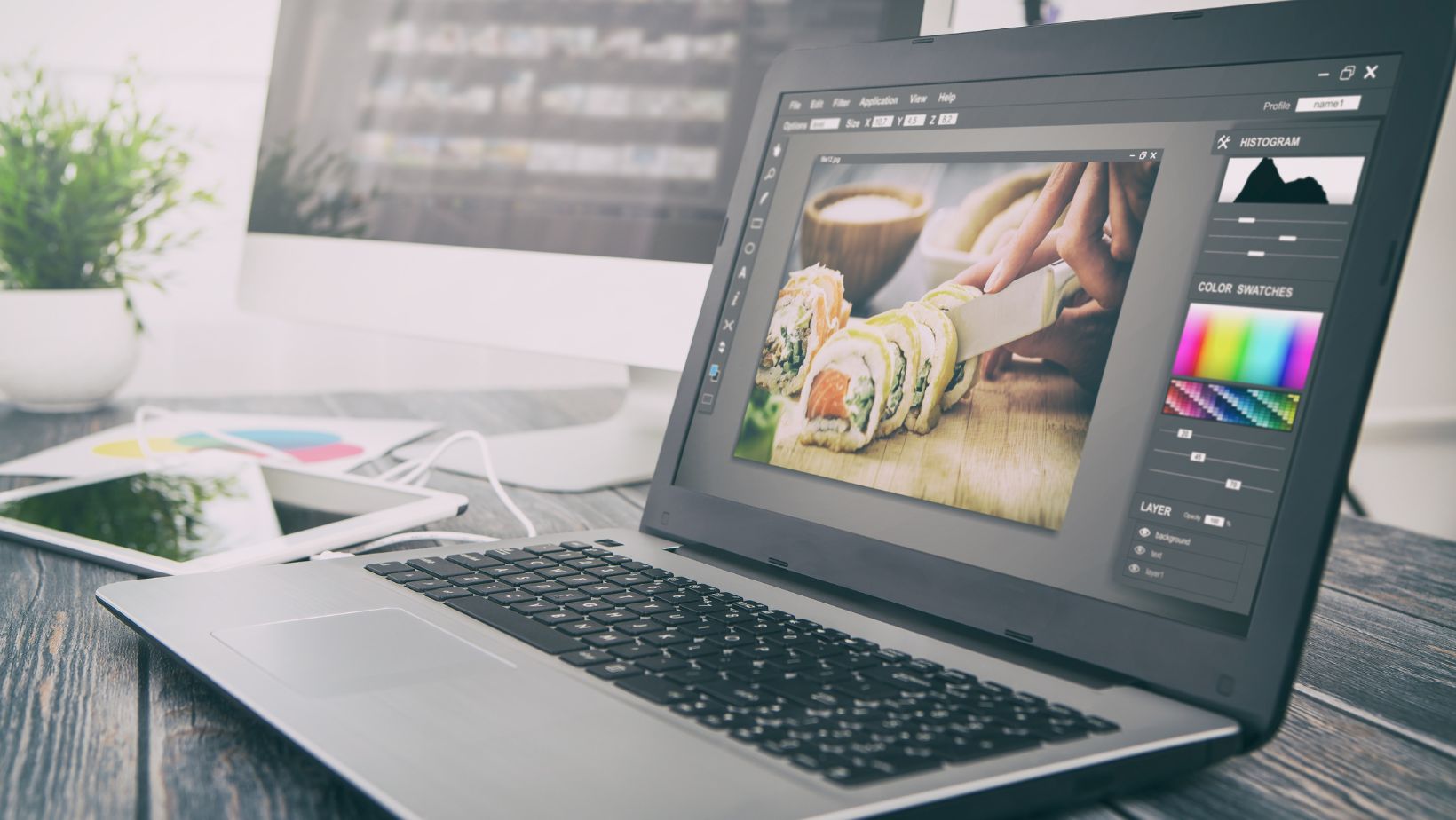Table of Contents
ToggleHow To Use Eraser Tool In Illustrator
Are you looking to learn how to use the eraser tool in Illustrator? Well, you’ve come to the right place! In this article, I’ll guide you through the steps of using this powerful tool effectively. Whether you’re a beginner or an experienced user, understanding how to utilize the eraser tool can greatly enhance your design workflow.
The eraser tool in Illustrator allows you to selectively remove parts of your artwork or shapes with ease. It offers flexibility and precision in editing, giving you complete control over what elements you want to erase. By simply clicking and dragging across your artwork, you can delete unwanted lines, paths, or portions of objects effortlessly.
One important thing to note is that unlike traditional erasers, the eraser tool in Illustrator doesn’t permanently erase your artwork. Instead, it modifies the selected path or object by converting it into a different shape called a “compound path.” This means that if you make a mistake while using the eraser tool, don’t worry! You can always revert back or undo any changes made.
Now that we have a basic understanding of what the eraser tool does let’s dive into its functionalities and explore some useful techniques for its usage. So grab your digital pencil and let’s get started on mastering this essential feature in Adobe Illustrator!

Understanding the Eraser Tool in Illustrator
Let’s delve into the fascinating world of Adobe Illustrator and explore one of its fundamental tools – the Eraser Tool. This handy feature allows you to remove portions of your artwork effortlessly, giving you more control over your designs. Whether you’re a seasoned illustrator or just starting out, understanding how to use the Eraser Tool can greatly enhance your creative process.
When it comes to utilizing the Eraser Tool effectively, there are a few key concepts to keep in mind. First and foremost, it’s important to understand that the Eraser Tool works like a traditional eraser, but with digital precision. Instead of physically rubbing out unwanted elements on paper, you simply click and drag across your artwork in Illustrator to erase selected areas.
One of the notable advantages of using the Eraser Tool is its versatility. Not only can it delete entire paths or shapes in a single stroke, but it also allows for more intricate editing by erasing specific anchor points or segments within an object. This precise level of control enables you to fine-tune your designs with ease.
In addition to its basic functionality, the Eraser Tool offers various options that further enhance its usefulness. By adjusting parameters such as brush size and shape, opacity, and blending mode, you can customize your erasing experience according to your specific needs. Experimenting with these settings will enable you to achieve different effects and seamlessly integrate erased portions into your overall composition.
So there you have it – a brief introduction on understanding the Eraser Tool in Illustrator. As we move forward in this article, we’ll delve into more advanced techniques and explore how this tool can be combined with other features to unlock even greater potential in your design process. Stay tuned for the next section as we continue our exploration of Adobe Illustrator’s vast capabilities.
Adjusting the Brush Size and Shape
When working with the eraser tool in Illustrator, it’s essential to have control over the brush size and shape. This allows you to make precise edits and achieve the desired effect for your artwork. In this section, I’ll walk you through how to adjust both the brush size and shape in Illustrator.
To begin, let’s explore how to change the brush size. It’s a straightforward process that can be done in just a few clicks. Here’s how:
- Select the eraser tool from the toolbar on the left-hand side of your screen.
- Locate the brush options at the top of your workspace.
- Click on the drop-down menu next to “Size” to reveal a slider.
- Slide it left or right to increase or decrease the brush size accordingly.
- Alternatively, you can manually enter a specific value in pixels by clicking on the number field next to “Size.”
Remember, finding an optimal brush size depends on various factors such as image resolution and project requirements. Experimentation is key here!






